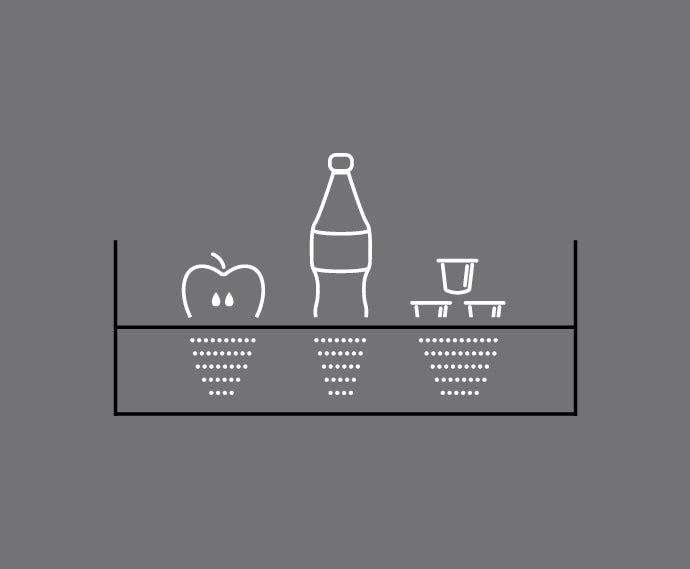ENJOY 15% OFF A NEW SUBSCRIPTION

Home-compostable materials: The logical step forward for ‘plastic’
Welcome, welcome, come in. In this piece, we are going to explore several themes surrounding compostability, packaging, and waste in the coffee industry, as well as some recent positive news.
Key questions:
- Home compostable plastics (and other materials) are awesome, right?
- Is bio-plastic as eco-friendly as we think it is?
- Are Halo’s coffee capsules as sustainable as we say they are?
- Why is the Government making an example of us?
What are home-compostable materials and why do we love them?
Home-compostable materials are those which will quickly and naturally degrade on a compost pile or in the food bin. They include the majority of (non-animal) food waste and byproducts, as well as things like leaves, paper, and twigs. Home-compostable materials should not be confused with industrially-compostable materials, which are items that can be composted by machinery but will not decompose naturally in an effective, sustainable, or low-energy manner.
What are some positives of home-compostable materials?
- Low energy intensity to manufacture and biodegrade
- Environmentally friendly and sustainable
- They can be used to home-produce fertiliser
- Often made from natural byproducts like waste sugarcane, waste mushrooms and other types of fungi, palm leaves, coconuts, or eucalyptus
- Halo capsules, for example, are made from waste sugarcane and will totally biodegrade in 4 weeks (depending on atmospheric conditions) - the same goes for the ‘plastic’ laminate in our packaging
Dangers of industrially compostable bioplastic:
- Industrially compostable bioplastics will not break down and decompose for many years, and instead require machinery to manage their disposal
- Recycling machinery cannot tell the difference between traditional plastics and industrially compostable bioplastics, meaning they often don’t get sorted accordingly
- The infrastructure for industrial bioplastic recycling and composting is in its infancy, meaning that despite the best of intentions, the plastics are rarely being managed as they should be
- They are often as bad as traditional waste when viewed as an intrusive threat
Who are we to speak about home-compostable and industrially-compostable materials?
We produce home-compostable coffee capsules in waste sugarcane packaging. It’s not only the capsules that are home-compostable, in fact, we worked tirelessly with our supply chain to ensure that all of the Halo packaging is home-compostable. The elegant black box, the film wrap, even the paper insert and the vegetable ink used to print the information - it’s all totally biodegradable!
If there’s one area that we can be harsh on ourselves and transparent with you is that our film wrap, even though it’s home compostable and biodegradable, at the end of a day, is still a laminate. Experts will tell you that this means there is still going to be some small amount of residue, meaning it’s not perfect, but this is something we have addressed and are working hard to resolve in the future.
Halo used as a positive example of compostable food packaging in Government report
Here’s an extra credential and a bit of positive news for you. In a recent Government report about compostable food packaging, Halo’s Coffee Capsules were used as the leading image, showing readers what a great example of this innovative concept looks like. If the Government is commissioning reports into the viability and scope for compostable food packaging, you can be absolutely sure that the packaging industry is listening - but is it willing to innovate?
Want something even more sustainable that you do with a Halo capsule?
The used coffee capsule is a natural fertiliser, so aside from putting it on your compost heap or in your food caddy, you can put seeds inside it and put it in a small plant pot!
Are industrially compostable bioplastics a total fail?
No, that’s not what we are saying. There are some merits to these materials, but perhaps they weren’t the best thought out, in the long run, especially judging by what we now know. At the same time, was the technology available at the time for more sustainable alternatives? Perhaps not, and so we must commend the innovators for showing us the right direction and helping us to understand that home-compostable materials are truly the way forward.
This is going to prove to be a huge boon for sustainable packaging companies using materials such as waste sugarcane, waste mushrooms, waste leaves, and other natural byproducts.
As the title of this article suggests, home-compostable materials are the next logical step forward for ‘plastic’.


